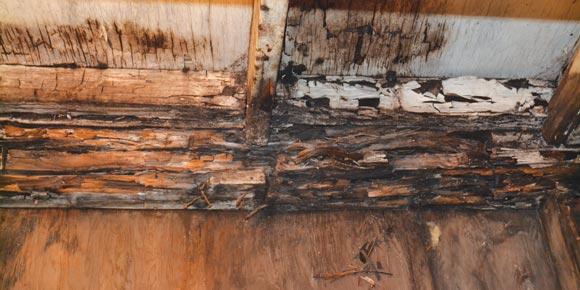In this article, I talk about a roofing project that went terribly wrong because the home owners hired a cut-rate, non-professional to do the job.
In Manitoba, anyone with a hammer can hang out a shingle and declare himself a roofer, no experience required. To date, Quebec is the only province that regulates flat and slope roofers.
You may save money in the short term by employing a fly-by-night roofer. In the long term, however, your “sweet deal” may take a large bite out of your piggy bank, costing a lot more than it would if a credible roofer was engaged in the first place.
With this in mind, I suggest DIYers either do the roofing themselves or hire a reputable professional suggested by the Roofing Contractors Association of Manitoba Inc.(RCAMI), 204-783-6365.
Here is my cautionary tale: About a decade ago, owners of a year-round residence in the Whiteshell engaged a roofer with limited experience because his price was very reasonable. He was hired to remove an asphalt shingle roof and replace it with a metal one. Due to his inexperience with metal, the new roof leaked from day one. To his credit, he did return to fix the hole after the owners complained about the leak. He decided the seepage was due to a poor valley join and repaired it with a heavy dose of caulking. This patch-job later proved unsuccessful, though he persuaded the owners at the time that their problem was over.
After several years, the owners began to notice a pungent, musty smell emanating from the top of an exterior-facing wall that supported their living room ceiling. As the stink got worse, they eventually pinpointed the source of the smell at a point where paint had begun to peel off the drywall at the junction of the wall and ceiling.
When they removed a foot of gyprock from the top of the wall, they were appalled by what they saw: the wall’s top plate, comprised of six-layers of 2” x 4”, had been reduced to discoloured paper in some areas, while others consisted of wet, decaying wood in the process of being consumed by mold microorganisms that flourished in the damp environment between the vapour barrier and exterior cladding. Obviously, the source of the roof leak had not been correctly identified.
Wearing masks, the householders removed four sheets of gyprock from the wall and cut away a 12” by 16’ panel of ceiling drywall, exposing the rotted ends of the rafters. They then proceeded to scoop out the decaying top plate with their hands and garden trowels. The fibreglass insulation batts in the wall also had to be discarded as they had wicked-up moisture and mold was growing on them as well.
Needless to say, it was a dirty job that required many hours to complete and yielded about eight industrial-size bags of potentially unhealthy waste.
When the clean up was completed, the owners hired a professional roofer recommended by RCAMI to locate and fix the troublesome and expensive leak in their roof. He discovered their problem was caused by improperly installed chimney flashing, a common mistake made by inexperienced roofers. (Their original “contractor” had long since disappeared.)
In the next column, I will discuss legal liabilities people may be unaware that they undertake when they engage a fly-by-night roofer or contractor.
davidsquare81@yahoo.com



